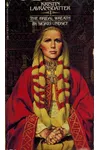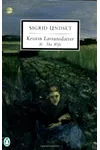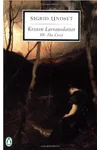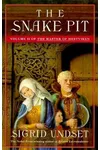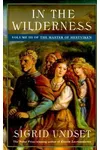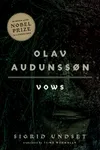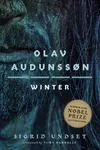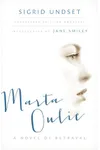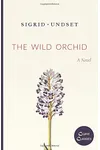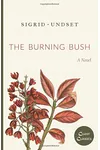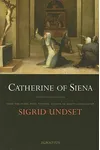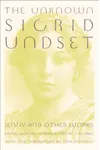Picture a Norwegian storyteller who spun medieval Norway into a tapestry of love, faith, and human struggle—meet Sigrid Undset! Born in 1882, this Nobel Prize-winning novelist transformed her passion for history into timeless tales, most famously the Kristin Lavransdatter trilogy. Her vivid prose and deep insight into the human heart continue to captivate readers worldwide.
Undset’s life was as rich as her stories. From her scholarly roots to her bold defiance of societal norms, she carved a unique path in literature. Let’s dive into the world of this remarkable woman who brought the Middle Ages to life with unmatched authenticity.
The Making of Sigrid Undset
Sigrid Undset was born on May 20, 1882, in Kalundborg, Denmark, to a Norwegian archaeologist father, Ingvald Undset, and a Danish mother, Charlotte Gyth. Moving to Norway at age two, she grew up in Oslo, steeped in her father’s love for history and Norse sagas. His early death when she was 11 forced her to forgo formal education, leading her to work as a secretary while writing at night. Her early attempts at historical fiction were rejected, but her debut novel, Fru Marta Oulie (1907), a bold tale of infidelity, marked her as a daring new voice.
Sigrid Undset’s Unforgettable Stories
Undset’s masterpiece, the Kristin Lavransdatter trilogy (1920–1922), follows a headstrong woman navigating love, faith, and family in 14th-century Norway. Comprising The Wreath, The Wife, and The Cross, the series blends meticulous historical detail with raw emotional depth, earning her the 1928 Nobel Prize in Literature. Her vivid portrayal of medieval life—drawn from studying Old Norse manuscripts and visiting monasteries—feels both distant and deeply human.
Equally compelling is The Master of Hestviken (1925–1927), a tetralogy exploring sin and redemption through the life of Olav Audunssøn. Unlike Kristin’s fiery spirit, Olav’s brooding guilt offers a darker lens on medieval morality. Undset’s early novel Jenny (1911) tackles modern women’s struggles, showcasing her versatility. Her style, straightforward yet lyrical, weaves psychological insight with rich historical settings, making her stories resonate across centuries.
Her conversion to Catholicism in 1924 profoundly shaped her later works, infusing them with themes of grace and moral conflict. Undset’s ability to portray complex characters—flawed, passionate, and searching—sets her apart as a literary giant.
Why Sigrid Undset Matters
Sigrid Undset’s impact transcends her era. Her novels, translated into over 80 languages, remain cornerstones of Scandinavian literature, celebrated for their historical accuracy and emotional power. Her fearless exploration of women’s lives, from Kristin’s defiance to Jenny’s disillusionment, challenged societal norms and inspired generations of writers. During World War II, her outspoken opposition to Nazism forced her to flee to the United States, where she continued advocating for Norway’s resistance.
Today, Undset’s work endures as a bridge between past and present, inviting readers to explore universal human experiences through a medieval lens. Her legacy as a Nobel laureate and cultural icon continues to shine.
About Sigrid Undset
- Born: May 20, 1882, Kalundborg, Denmark
- Key Works: Kristin Lavransdatter, The Master of Hestviken, Jenny
- Awards: Nobel Prize in Literature (1928)
- Died: June 10, 1949, Lillehammer, Norway
Ready to step into medieval Norway? Snag Kristin Lavransdatter and dive into Sigrid Undset’s breathtaking world of historical fiction!
